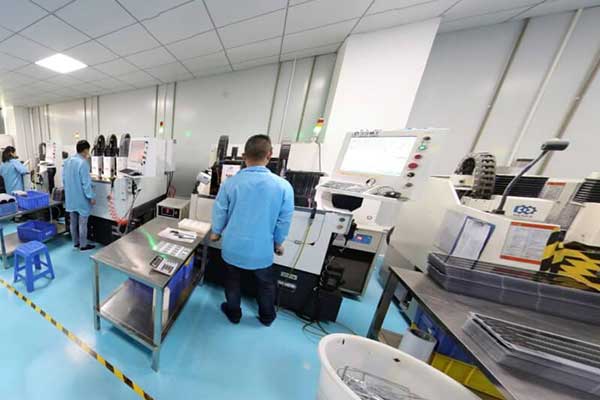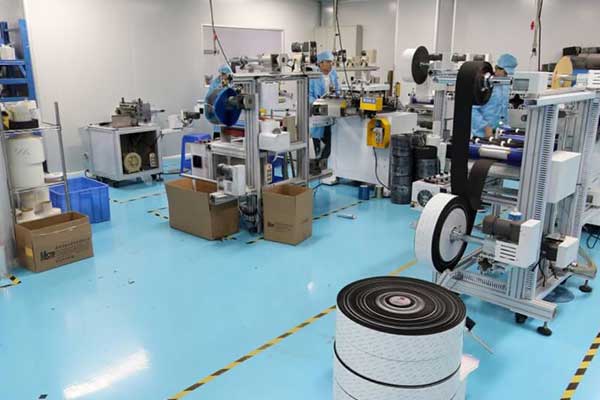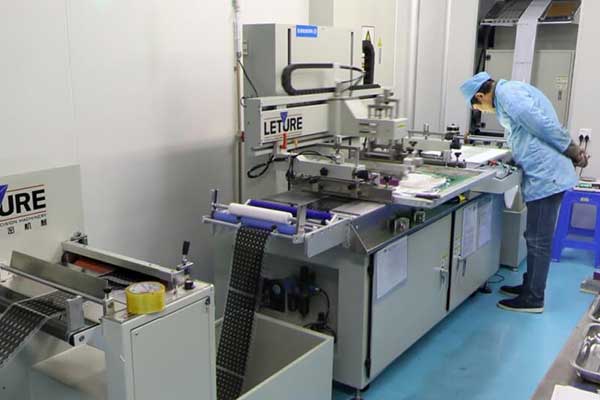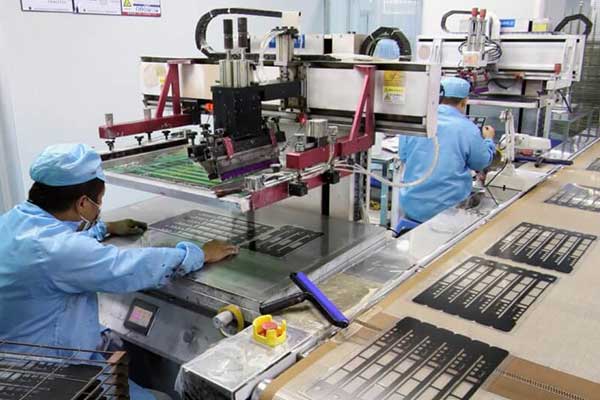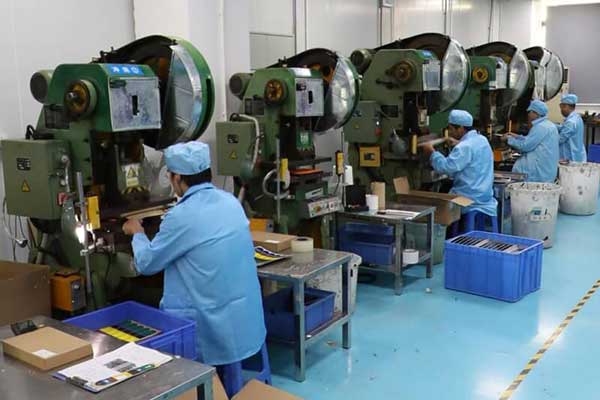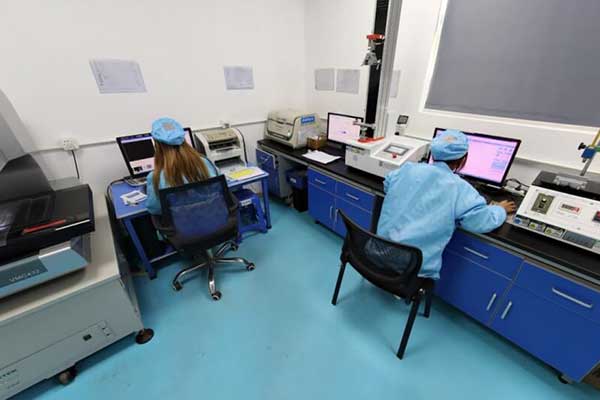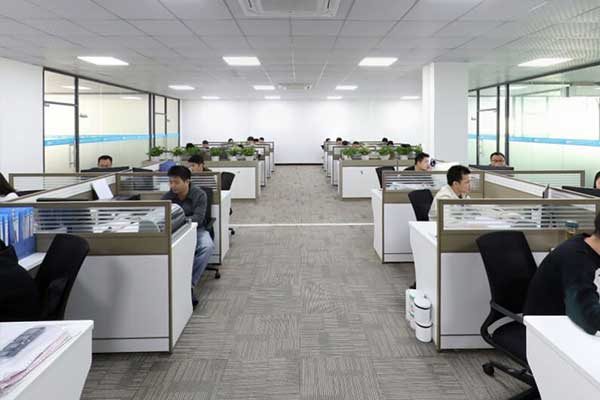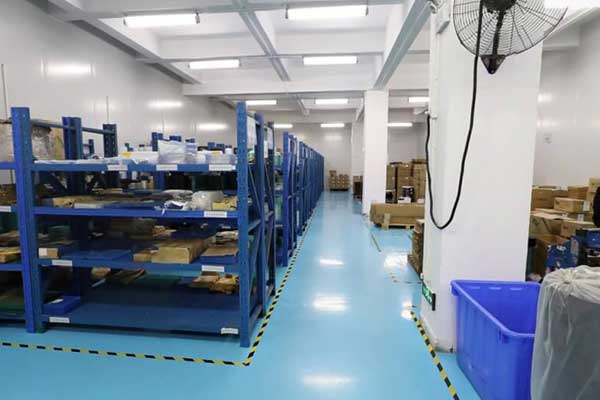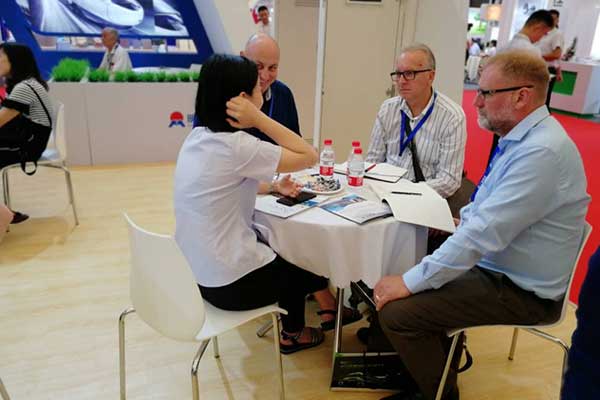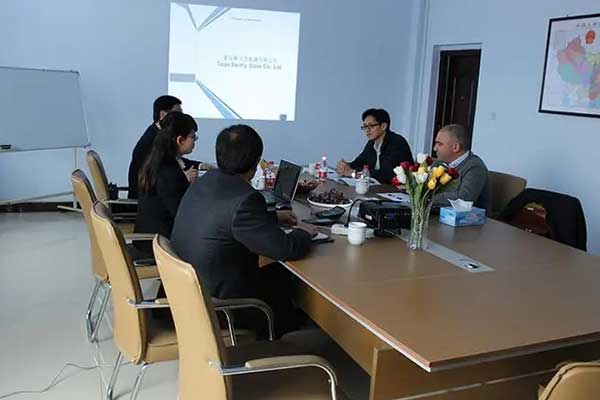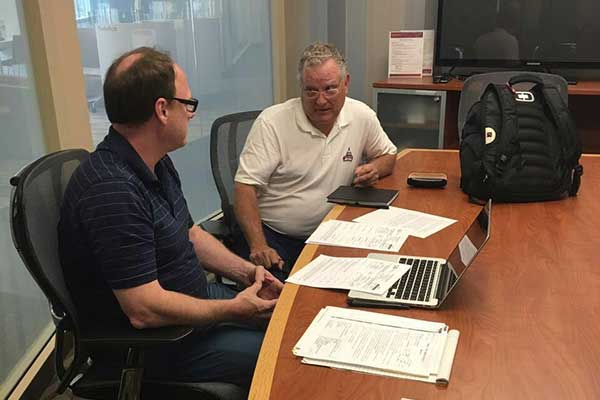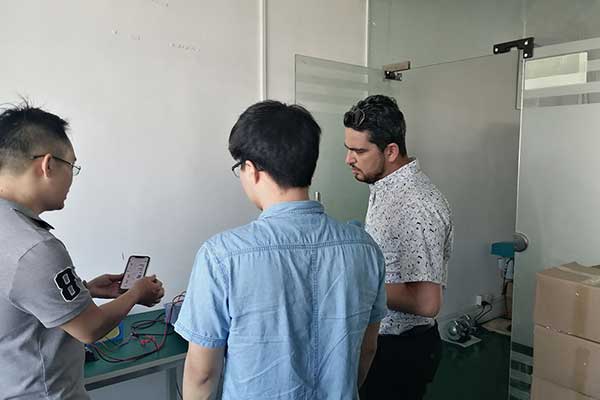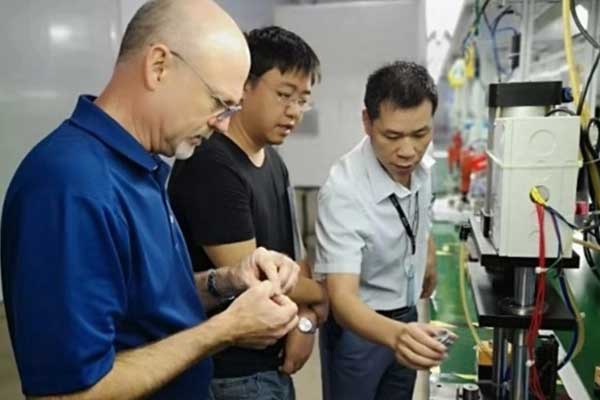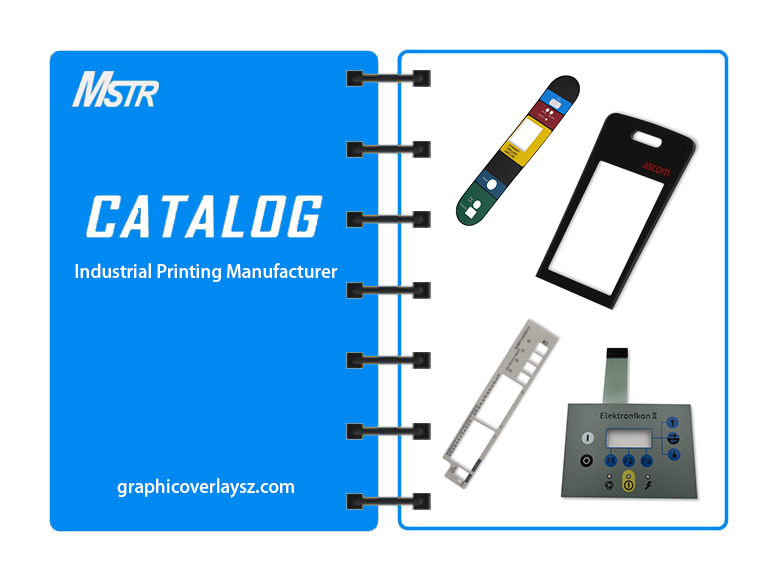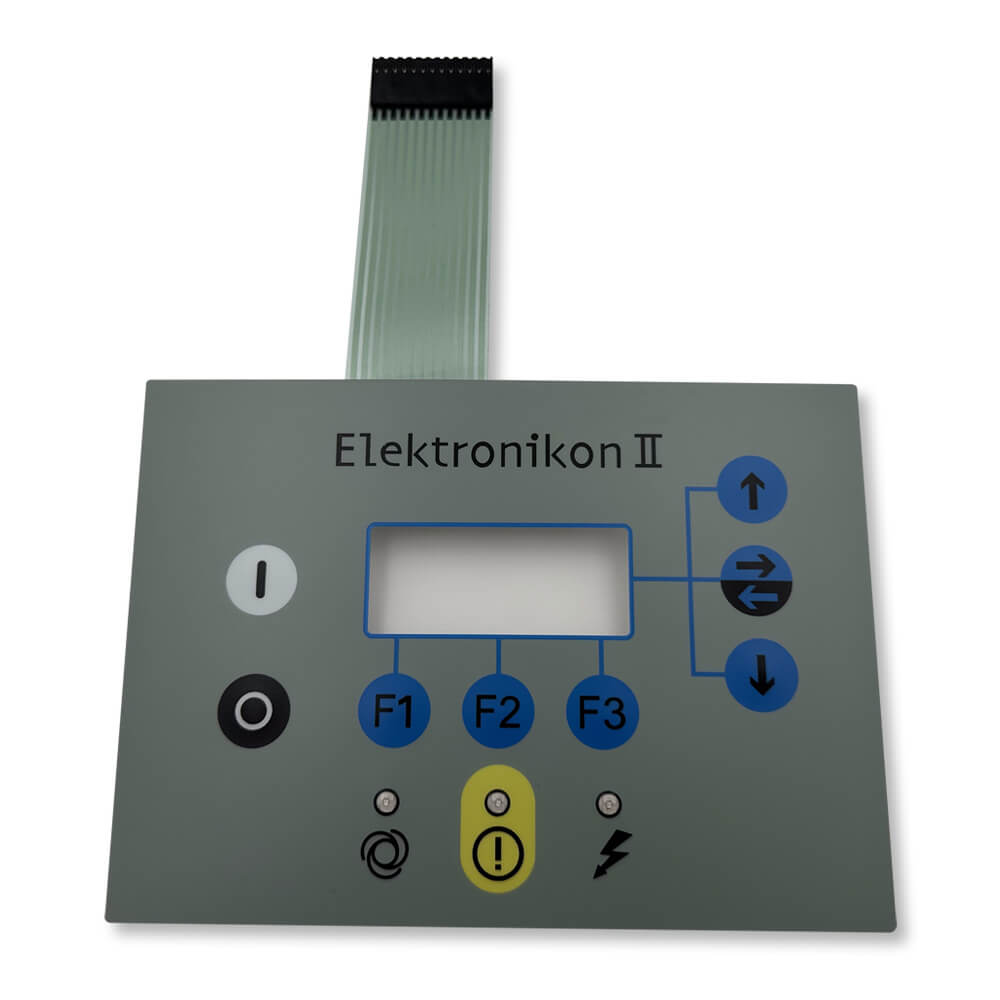
Membrane Switches from MSTR
Est. 2005, MSTR is a professional membrane switch manufacturer in China, we supply membrane switches to industries ranging from medical and industrial equipment to consumer electronics. With a 5,000 sqm factory area, we can manufacture 2,000,000 pcs of membrane switches every month.
Our membrane switches are made of polyester or polycarbonate, and the switch contacts are printed or chemically etched onto their surface. They can be used in electronic control panels and keyboards. When a user applies pressure to a specific membrane area, it contacts the underlying circuit, closing the electrical pathway and activating the desired function. Our Membrane switches offer advantages such as durability, compact design, and resistance to environmental factors like moisture and contaminants.
MSTR can custom-make membrane switches according to the client’s requirements. Our custom membrane switches are simple and versatile, and they have been integral components in creating user-friendly and reliable interfaces in various electronic devices.
Featured Membrane Switches
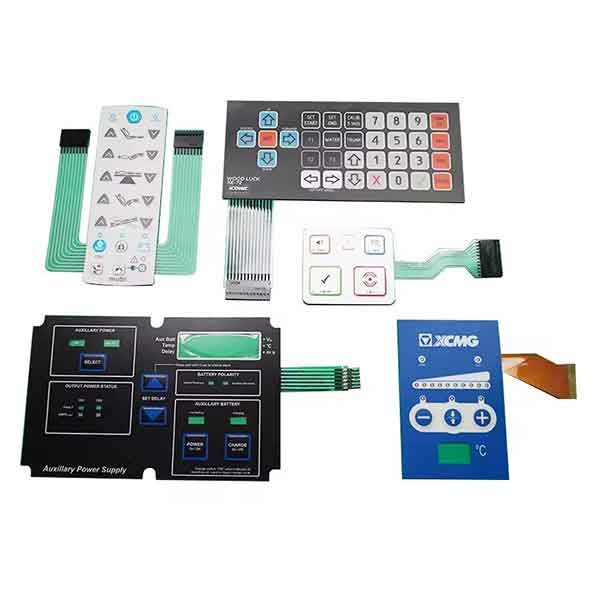
Waterproof Membrane Switch
The waterproof level of the general industry is lower than IP67, if the product is used in a high-humidity environment, the air humidity is very large, the customer requires the film switch to be washed under the high-pressure water gun without damage! It is necessary to do a fully-closed optimization of the structure, which can successfully reach the technical level of IP69.
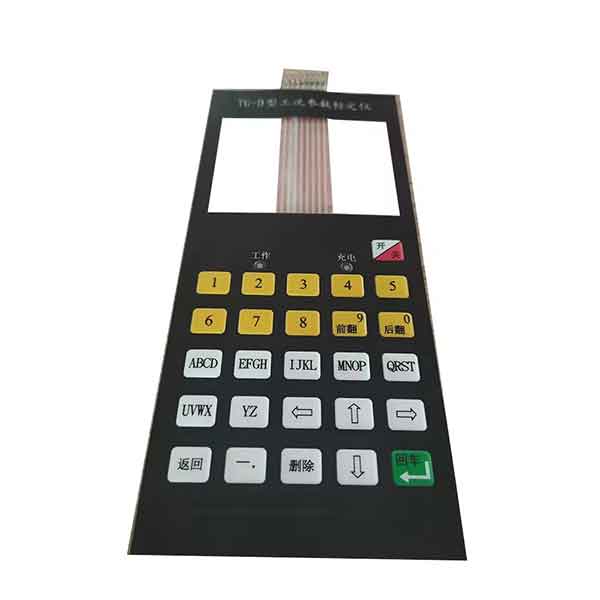
Tactile Membrane Switch
Electrical switches that turn circuits on and off, membrane switches enable communication capabilities for many different types of technology products, equipment, and systems. These interface utilities can be simple tactile switches that control lighting, touch-screen panels, plastic keyboards, or toggle switches.
With membrane keypads, functionality is critical – they must meet your specs, and they must function accurately. From simple switches to complex membrane keypad architecture for instrumentation panels and industrial keypads, NFI Corp has the experience and expertise to bring your project to life.
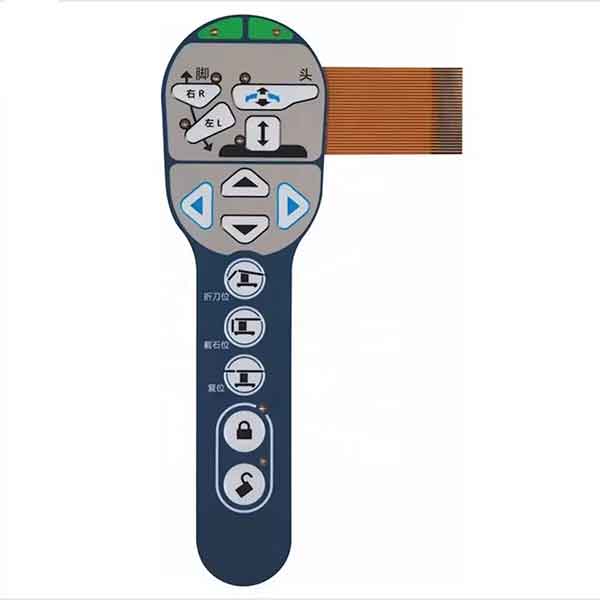
FPC Membrane Switch
FPC membrane switch ,The full name of flexible printed circuit board film switch is a film switch that prints conductive lines on a flexible substrate. This kind of switch has the advantages of thin, flexible, durable, environmental protection, etc., and is widely used in consumer electronics products such as mobile phones, tablet computers, televisions, audio, medical devices, automotive electronics, drones and other fields.
This kind is more expensive than the regular one.
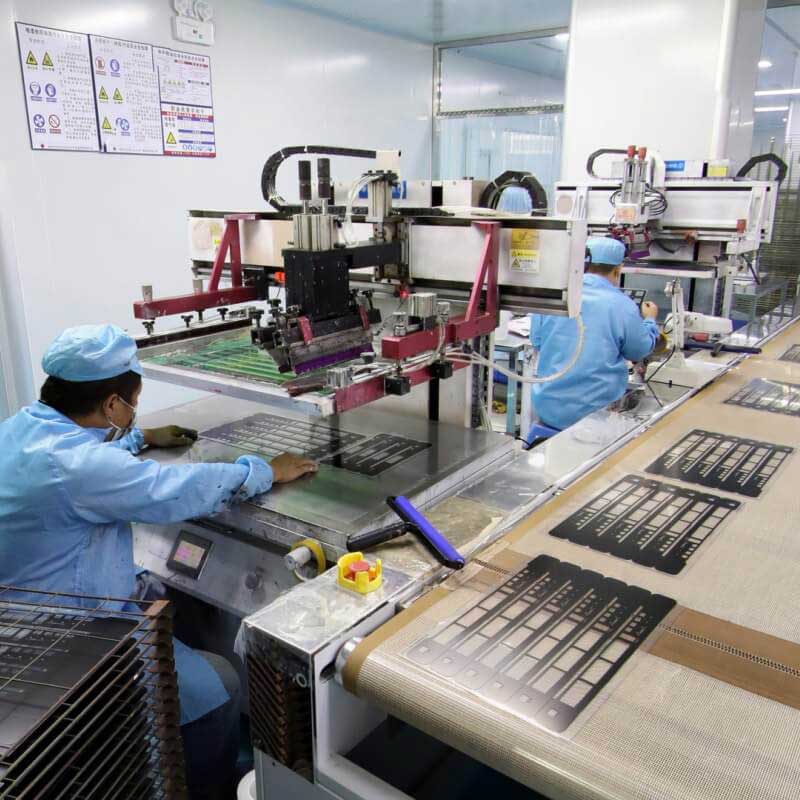
Custom Membrane Switches Service
Membrane switches have a sleek and slim profile, making them ideal for applications with limited space and compact electronic devices.
One Stop Custom Membrane Switches Solutions
Technical Support
Our professional technical team can give good advice on the product development stage, including the material of the product, the processing process, and how to avoid possible problems.
Warranty
For all products manufactured by our company, we can provide a one-year warranty against non-human damage, including functional problems and damage to the product during transportation.
Original Materials
We work closely with 3M, Lexan, Tesa and other material suppliers to produce using original raw materials to ensure the stability and reliability of the final product.
Spare Parts Available
We have spare parts of conventional products in our warehouse, and the inventory is usually 5%-10% of the previous order quantity. We can deliver the goods in time when customers need them urgently.
Rapid-Prototype
We have the common equipment for rapid prototyping samples ,CNC machines, laser cutting, Digital printer, etc , usually we need 2-5 days to get your samples ready for shipping.
Industrial Application
We are proud to say that we can provide a variety of services, expertise and experience are our most valuable assets,We can turn your concept into a real product to satisfy your company’s needs.
Steps to Custom Membrane Switches
Artwork Creation
The process begins with the design of the membrane switch’s graphic overlay, which includes the visual elements and functional features. Artwork is created, considering the user interface requirements.
Material Selection
Membrane switches are typically made of polyester or polycarbonate for the top layer, and adhesive layers for bonding. The choice depends on factors like flexibility, durability, and environmental resistance.
Printing and Circuitry
The switch circuitry is printed or chemically etched onto the membrane layer. Conductive inks or metal coatings are applied to create the pathways that form the switch contacts.
Adhesive
The membrane layers, including the top graphic overlay and the bottom circuit layer, are assembled. Spacer layers may be added to create the necessary tactile feedback when pressing the switch.
Die cutting
The membrane switch is cut to its final shape and size. Die-cutting is used for precision in creating windows or openings for display areas.
Testing& QC
Rigorous testing is performed to ensure the functionality and durability of the membrane switch. This includes checking electrical continuity, actuation force, and environmental resistance.

